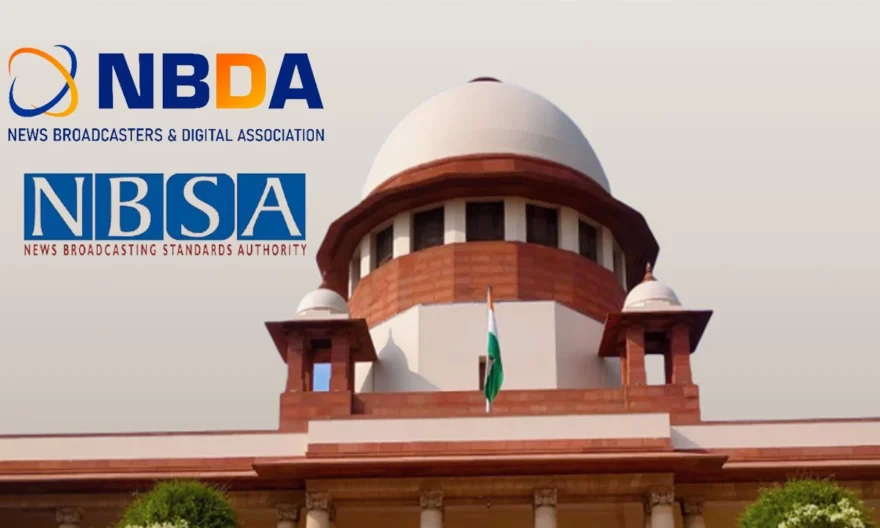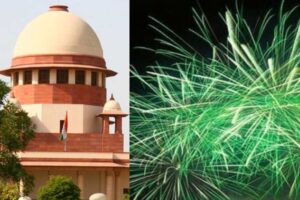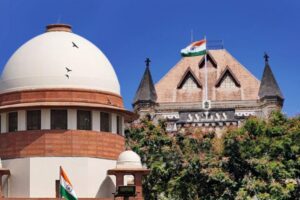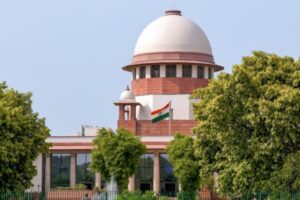
The Supreme Court on Monday expressed its concerns regarding the effectiveness of the self-regulatory mechanism instituted by the News Broadcasters and Digital Association (NBDA), known as the News Broadcasting and Digital Standards Authority (NBSA).
Acknowledging the NBDA’s stance against both pre-censorship and post-censorship on news channels through statutory means, the bench led by Chief Justice of India DY Chandrachud emphasized the urgency of a robust self-regulatory system. CJI Chandrachud raised concerns about the adequacy of the current penalties imposed by the NBDA, citing a need for fines that are proportional to the profits accrued from broadcasting disputed news on news channels. The bench pointed out that the penalty for violations remains at Rs. 1 lakh, a value established back in 2008.
The bench, comprised of CJI DY Chandrachud, Justice JB Pardiwala, and Justice Manoj Misra was hearing a plea filed by the NBDA (previously known as the News Broadcasters Association). The plea challenged the critical observations made by the Bombay High Court regarding the self-regulatory mechanism within the media. These observations were part of a verdict issued in January 2021, during the adjudication of multiple PILs questioning the media’s conduct in the Sushant Singh Rajput death case.
Senior Advocate Arvind Datar, representing the NBDA, presented arguments before the bench. He contested the High Court’s assertion that the self-regulatory mechanism lacks legitimacy within the statutory framework. Datar emphasized that while the NBDA acknowledges its non-statutory nature, it opposes the adverse remarks made by the High Court, which cast doubts on its credibility and efficacy. Datar highlighted the pivotal role of the self-regulatory mechanism in addressing complaints and promoting responsible journalism. He compared the self-regulatory body to an alternate dispute resolution mechanism, allowing citizens to voice grievances against objectionable media content. He stated,
“This originated during the Sushant Singh Rajput case. There was extensive media coverage. PILs were filed against media trials, and that is where the matter was brought… The remarks (of the Bombay HC) had a detrimental impact on our organization’s integrity… The legal framework suggests that TV channels should be subject to self-regulation. State intervention is not intended.”
Datar underscored the significance of the self-regulatory mechanism, citing its endorsement by esteemed industry members. He referred to the Supreme Court’s endorsement of the Nariman Committee report, which advocated for a self-regulatory approach to media oversight, emphasizing the avoidance of state control. Datar also highlighted that the authority had resolved over 4000 complaints, and in many instances, errant media channels were directed to issue public apologies, alongside monetary penalties.




